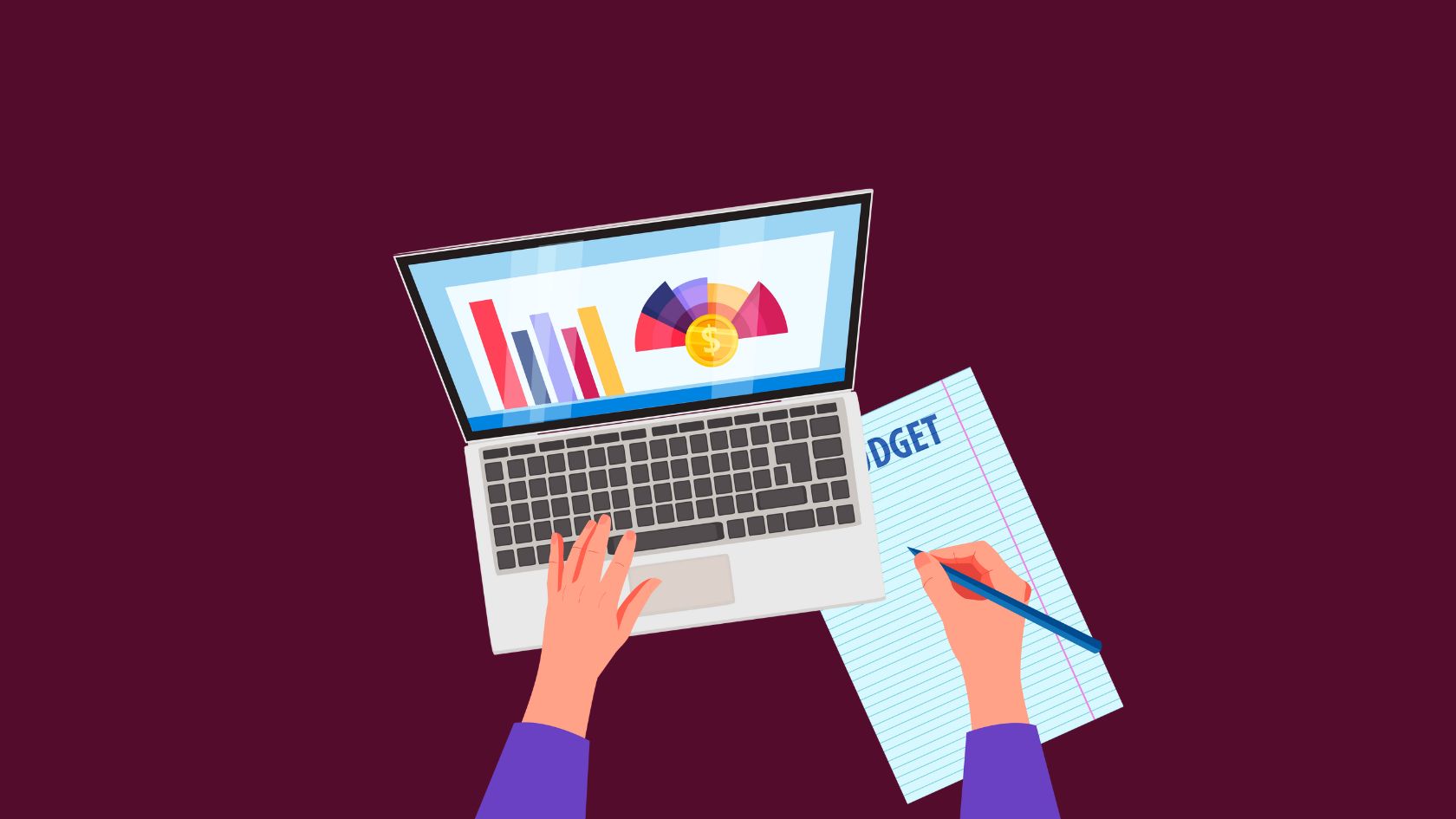Economics is a fascinating subject that combines theory, applications, and real-world study. Achieving an A in O’Level or A’Level Economics necessitates a thorough comprehension of economic topics, good exam methods, and constant practice. Here is a complete guide to help you succeed.
1. Master the Syllabus
Download the curriculum for your exam board (e.g., Cambridge, Edexcel). Understand the expectations and focus on essential subjects such as demand and supply, market structures, macroeconomic policies, and international commerce.
Break down the syllabus into manageable sections, focusing on:
- Microeconomics: Demand, supply, elasticity, market structures, and market failure.
- Macroeconomics: GDP, inflation, unemployment, fiscal and monetary policies, and balance of payments.
2. Build a Strong Foundation
Make sure you understand fundamental concepts such as opportunity cost, elasticity, and the circular flow of revenue.
Learn to create, label, and explain diagrams such as demand-supply curves, production possibility frontiers, and AD-AS models. Practice drawing diagrams cleanly and fast, as they are typically worth points.
3. Keep Up with Current Events
Include recent economic developments in your answers. For example: Use inflation data to discuss price stability. Refer to government policies when explaining fiscal or monetary measures. For insights and examples, go to credible economic journals such as The Economist, BBC Business, and Financial Times.
4. Practice Exam Technique
Know what is required for terms like “explain,” “evaluate,” and “discuss.” Tailor your answers accordingly:
- Explain: Provide detailed reasoning.
- Evaluate: Weigh pros and cons and make a judgment.
- Discuss: Present arguments for and against, supported by evidence.
For essays, use the PEEL method:
- Point: Make your argument.
- Evidence: Support it with real-world examples or data.
- Explain: Elaborate on how it connects to the question.
- Link: Relate back to the question.
Allocate time for each question. Spend extra time on essays or extended-response questions that carry more marks.
5. Use Past Papers
Examine older papers to identify recurring themes and question types. Complete papers under time constraints to enhance speed and confidence. Understand what examiners are looking for in high-scoring replies.
6. Focus on Evaluation
Go beyond reporting facts; consider the implications and propose alternatives. Present both sides of an argument and draw an evidence-based conclusion. Connect theoretical information to real-world scenarios to demonstrate depth of comprehension.
7. Manage Data and Calculations
Be comfortable with analyzing tables, graphs, and charts. To obtain method marks on numerical questions, show your calculations clearly.
8. Create Effective Revision Notes
Use bullet points, flowcharts, and mind maps to aid in memory. Economic terminology and theories are frequently presented as short-answer questions. Use flashcards to memorize definitions, formulas, and diagrams.
9. Stay Consistent with Practice
Revisit themes on a regular basis to help with memory retention. Simulate test situations to boost confidence. Review your responses with teachers or peers to find areas for growth.
10. Exam-Day Tips
Read the question. Carefully identify keywords and respond to all portions of the question. Before you begin writing, outline the format of your essay or response. Include well-labeled graphics to back up your responses, even if they are not explicitly needed.
Achieving an A in O’Level and A’Level Economics involves determination, smart planning, and efficient time management. You’ll be well-equipped to meet your academic objectives if you grasp the syllabus, practice previous papers, and apply principles to real-world instances. Maintain consistency and confidence—success is within reach!




